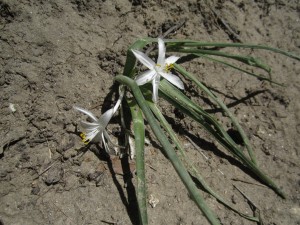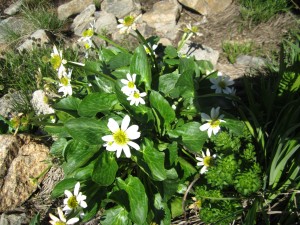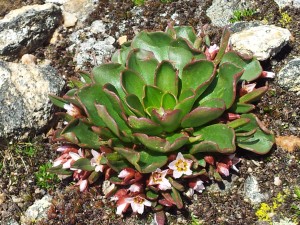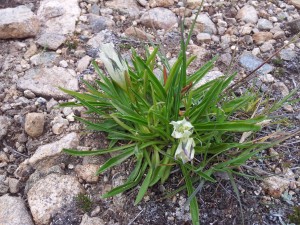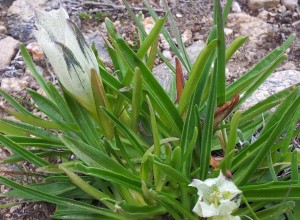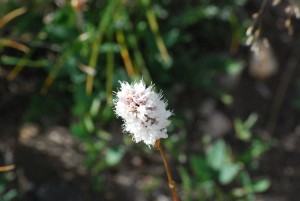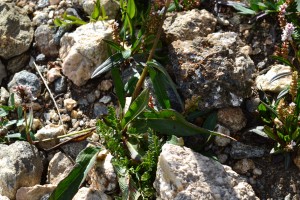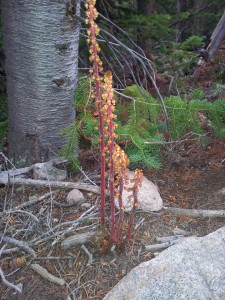A Quest into the Wild
Black and White Flowers
White flowers are common in nature and we often find white roses at the grocery store; they can symbolize innocence and purity. Black flowers, however, are less common and most people don’t associate flowers as being black. Most ‘black’ flowers are actually a very deep red or purple, but they are so dark they appear black. They have many meanings including death, upheaval, dark magic, tragic love, or a drastic change in life. Regardless of their meaning, they are rare and beautiful.
Sand Lily/Mountain Lily: Leucocrinum montanum
Castlewood Canyon Hike
Late Spring, Montane
Walking back to the trailhead we passed this very pretty sand lily. It caught my eye because it was like nothing else we had seen all day. But there it was growing in the sand on the side of a cliff.
Marsh Marigold: Psychrophila leptosepala or Caltha leptosepala
James Peak Hike
Subapline, July
As we began our hike in the subalpine region we noticed large white flowers with broad striped leaves. These guys are Marsh marigolds and are very pretty with large white sepals and bright yellow stamens. They do not have any true petals. This specimen was just below St. Mary’s Glacier near St. Mary’s Lake.
Alpine Spring Beauty: Claytonia megarhiza
James Peak Hike
Alpine, July
We really love the name of this flower, Alpine Spring Beauty. It is a member of the Purslane family and as with many alpine flowers is small with the succulent leaves about 2 centimeters long. The leaves themselves form a rosette from which white or pink flowers form a ring around. The leaves are red to begin with and then turn green as they mature. You can still a red-ish color on the tips of the leaves in this specimen. This plant likes the sun and grows well in the talus environments in the alpine Rocky Mountains. These flowers truly are beauties.
Arctic Gentian: Gentiana algida
Pear Lake Hike
High-Subalpine to Tundra, August (late-summer bloomer)
The arctic gentian has a very gorgeous bloom. The flower is mainly white with bluish-purple streaks and polka-dots. We found this flower about 100 ft from Pear Lake growing in a rocky area.
American Bistort: Bistorta bistortoides or Polygonum bistortoides
Fall River Pass Mountain
Alpine, August
This gal had a nice sign telling me what she was. The American Bistort grows well in the mountains and is edible. According to the University of Utah the “roots were used in soups and stews by the Blackfoot, boiled with meat by the Cherokee, and used in a poultice that was applied to sores and boils by the Miwok” (U. Utah). They have very pretty white flowers and were found throughout our hike.
Pinedrops: Pterospora andromedea
Pear Lake Hike
Montane to Subalpine, August
Pinedrops are unique flowers in that they contain no chlorophyll and parasitize fungi to obtain their nutrients. The fungi in turn have parasitized trees in the area, which creates a very interesting relationship between trees, fungi, and flower. The pinedrops can grow to be 3 meters tall and have white to pinkish flowers. They are endangered in numerous states in the USA.
